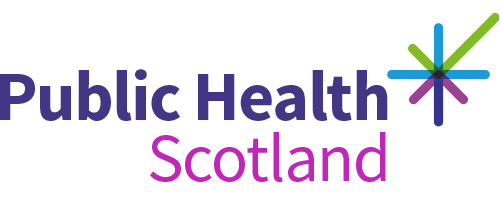- Published
- 30 July 2025
- Journal article
The Impact of UVC Light on Indoor Air Chemistry: A Modeling Study
- Authors
- Source
- Environmental Science and Technology
Full text
Abstract
Germicidal ultraviolet light (GUV) is gaining attention for air disinfection, particularly following the COVID-19 pandemic. GUV air cleaning devices use 222 or 254 nm light to remove airborne and surface pathogens from indoor environments, although their impact on indoor chemistry has received limited attention. This modeling study investigates the impact of GUV light on indoor air pollutant concentrations. In a simulated, occupied classroom using a 222 nm lamp with an average room irradiance of 1 μW cm–2, the predicted ozone production rate was 0.33 mg h–1for an air change rate of 0.5 h–1, leading to surface interactions with occupants and inanimate surfaces that formed secondary products including nonanal, decanal, and 4-oxopentanal. By contrast, ozone concentration increased by 0.19 mg h–1at 0.5 h–1in the presence of a 254 nm lamp with an average room irradiance of 15 μW cm–2, primarily due to infiltration. The long-term health benefits of GUV light disinfection need to be quantitatively compared to the health harms due to GUV-induced pollution to allow a more complete assessment of the benefits of this technology.
Cite as
Carter, T., Shaw, D., Jimenez, J., Olsiewski, P., Peng, Z., Weschler, C., Carslaw, N. & Eadie, E. 2025, 'The Impact of UVC Light on Indoor Air Chemistry: A Modeling Study', Environmental Science and Technology, 59(31), pp. 16543-16555. https://doi.org/10.1021/acs.est.5c07414
